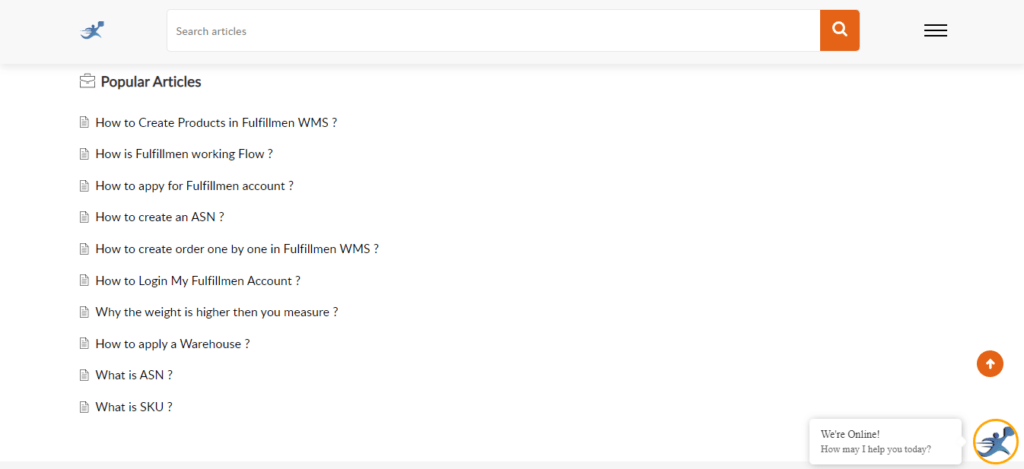How to Write an Effective FAQ Page

In the process of creating a website, one of the most crucial pages is the one dedicated to answering common inquiries. The most effective frequently asked questions (FAQ) pages may bring in new business, resolve consumer concerns, and cut down on administrative work. So how does one even begin building a FAQ website, much alone […]
